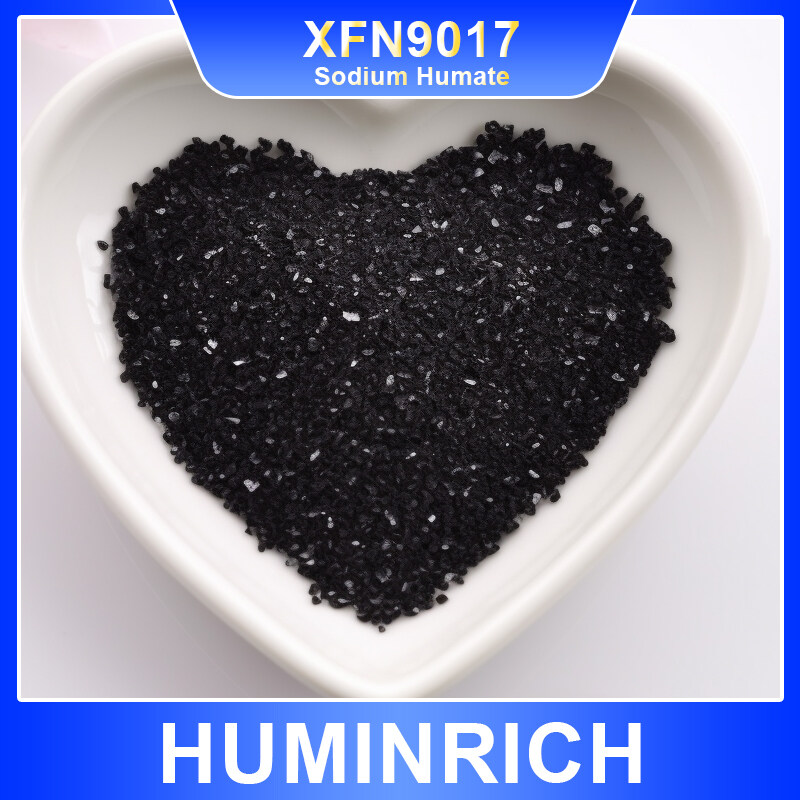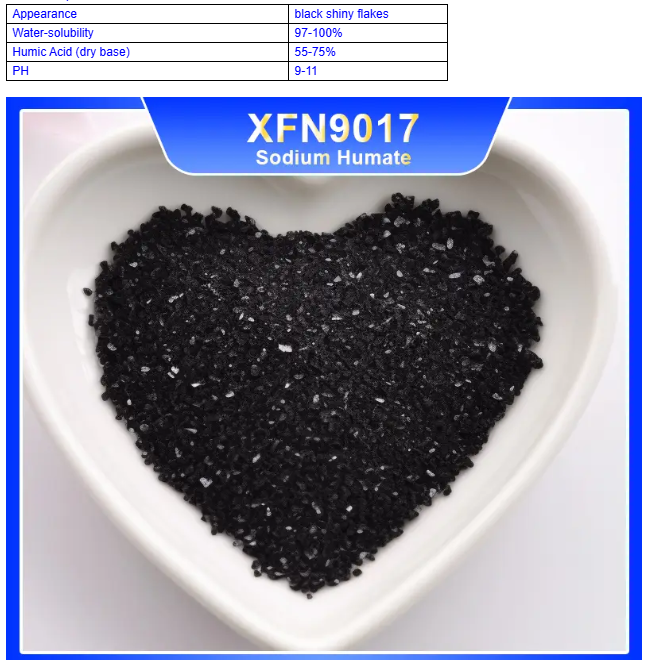Email format error
Email cannot be empty
Email already exists
6-20 characters(letters plus numbers only)
The password is inconsistent
Email format error
Email cannot be empty
Email does not exist
6-20 characters(letters plus numbers only)
The password is inconsistent


Benefits of Wood Stain with Sodium Humate for Durable Finishes
When it comes to woodworking and furniture design, achieving a rich, long-lasting finish is often just as important as the structure itself. Whether you're restoring an antique or crafting a new piece, the choice of stain can dramatically impact both the aesthetics and longevity of the wood. For those seeking an eco-friendly and durable solution, wood stain-sodium humate has become an increasingly popular choice. This unique combination not only enhances the color and texture of wood but also offers remarkable protective benefits.
In this blog, we’ll explore how wood stain-sodium humate works, its advantages, and why it’s becoming the go-to solution for wood finishes in a variety of industries. Whether you're a professional woodworker or a DIY enthusiast, understanding the benefits of this innovative product can help you make the best choice for your next project.
What is Sodium Humate?
Before diving into its role as a wood stain, it’s important to understand what sodium humate is and how it works. Sodium humate is a naturally occurring organic compound derived from humic substances found in peat, lignite, and other organic matter. It’s commonly used in agricultural, industrial, and environmental applications due to its ability to improve soil conditions, aid in water purification, and even act as a stabilizing agent in various products.
In the context of wood stain-sodium humate, sodium humate acts as a powerful natural pigment and a conditioning agent, which can enhance the overall finish of wood surfaces.

The Role of Sodium Humate in Wood Stain
Sodium humate adds both color and protection when used in wood stain formulations. The organic nature of sodium humate ensures that it penetrates deeply into the wood, enhancing the natural grain while imparting a deep, earthy tone. The result is a rich, translucent finish that highlights the wood's unique texture without overwhelming its natural beauty.
Sodium humate also brings certain protective properties to the wood. It acts as a natural preservative, reducing the wood's susceptibility to damage from moisture, UV rays, and even insects. These added benefits make wood stain-sodium humate an excellent choice for both interior and exterior wood applications.
Why Choose Wood Stain with Sodium Humate?
1. Eco-Friendly Solution
As sustainability becomes a greater priority across industries, consumers are increasingly seeking environmentally friendly products. Wood stain-sodium humate is an eco-conscious option, as it is made from natural, renewable resources. Unlike synthetic stains that may contain harsh chemicals and VOCs (volatile organic compounds), sodium humate stains are non-toxic and biodegradable, making them safer for both the user and the environment.
Moreover, by opting for a wood stain that contains sodium humate, you can contribute to reducing the environmental footprint of your woodworking projects, whether you are working on furniture, flooring, or exterior structures.
2. Enhanced Durability and Protection
One of the standout advantages of wood stain-sodium humate is its ability to protect wood surfaces from the elements. When applied properly, the stain penetrates the wood fibers, creating a protective barrier that shields against moisture, mildew, and UV damage. This is particularly important for outdoor wooden structures such as decks, fences, and garden furniture, which are constantly exposed to the elements.
In addition to environmental protection, sodium humate’s preservative properties help reduce the likelihood of wood degradation over time. The stain strengthens the wood’s resilience, ensuring that your furniture or structures maintain their beauty for years to come.
3. Improved Wood Aesthetics
Aesthetically, wood stain-sodium humate enhances the natural beauty of the wood without hiding its grain. The rich, warm tones imparted by sodium humate bring out the character of the wood, whether you’re working with oak, pine, walnut, or mahogany. The finish is not overly glossy, giving the wood a natural, matte look that is desirable for many woodworking applications.
Because of its ability to highlight the wood's unique features, wood stain-sodium humate is perfect for high-end furniture, custom cabinetry, and bespoke woodworking projects where visual appeal is paramount. The stain accentuates the wood’s texture and creates a luxurious, timeless finish.
4. Versatility Across Applications
Another reason why wood stain-sodium humate is so popular is its versatility. It can be used in a wide range of woodworking applications, from interior to exterior finishes. Whether you are staining floors, paneling, doors, or wooden outdoor furniture, sodium humate can be applied in a variety of conditions.
It also works well with different wood types, allowing for uniform results across various grains. Plus, the stain is easy to apply, whether you're using a brush, cloth, or spray system. This makes it ideal for both professional woodworkers and DIY enthusiasts who need a reliable product for a variety of projects.
How to Apply Wood Stain with Sodium Humate
Proper application of wood stain-sodium humate is essential to achieving the desired results. Here’s a step-by-step guide to help you get started:
1. Prepare the Surface
Before applying any wood stain, make sure the wood surface is clean and dry. Sand the wood to remove any old finish or imperfections. This will ensure the stain adheres properly and penetrates evenly into the wood fibers.
2. Apply the Stain
Using a brush, cloth, or sponge, apply the wood stain-sodium humate evenly across the surface. Work in sections to ensure that the stain doesn’t dry too quickly before you have a chance to blend it. If you prefer a deeper color, you can apply additional coats once the first layer has dried.
3. Wipe Off Excess Stain
After applying the stain, allow it to sit for a few minutes to penetrate the wood. Wipe off any excess stain with a clean cloth to achieve a smooth, even finish. Be sure to remove any pooling or streaks, as this can affect the final appearance.
4. Allow to Dry and Cure
Let the stained wood dry completely, ideally in a well-ventilated area. Depending on the type of wood and the stain used, this can take anywhere from a few hours to a full day. Once dry, the wood will have a natural, rich appearance with a protective finish.
Conclusion: A Natural, Durable Choice for Wood Staining
For those seeking a sustainable, high-quality solution for their woodworking projects, wood stain-sodium humate offers the perfect balance of aesthetics, protection, and environmental responsibility. With its deep, natural tones and protective properties, it’s an ideal choice for both indoor and outdoor applications. Whether you’re crafting custom furniture or enhancing the beauty of your wooden floors, sodium humate-based wood stains can help you achieve a stunning finish that stands the test of time.
By opting for a natural, eco-friendly stain like wood stain-sodium humate, you’re not just enhancing the appearance of your wood—you’re also investing in a durable, long-lasting solution that supports a sustainable future.
